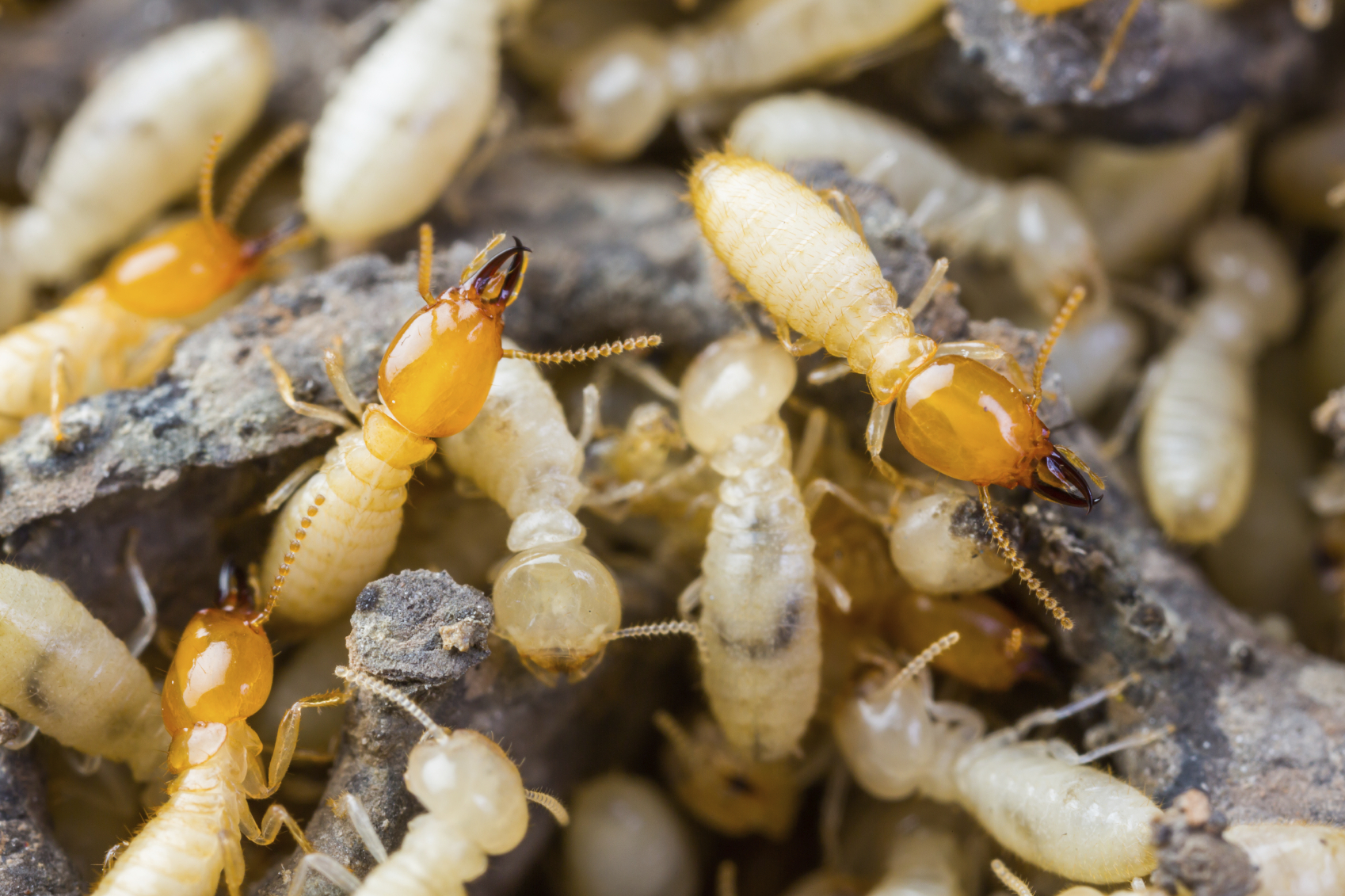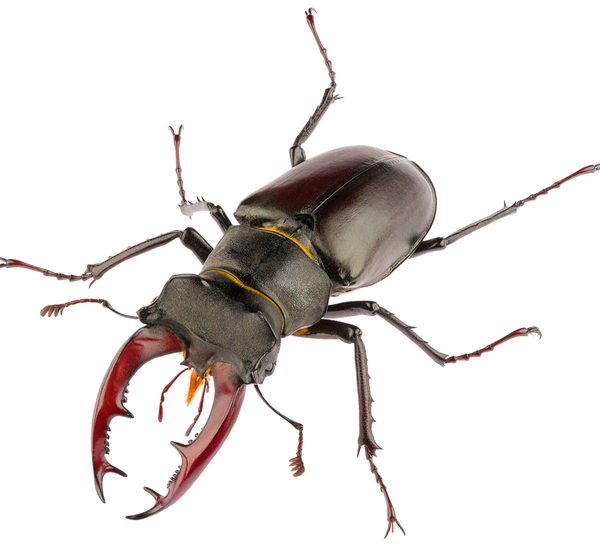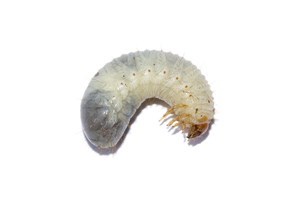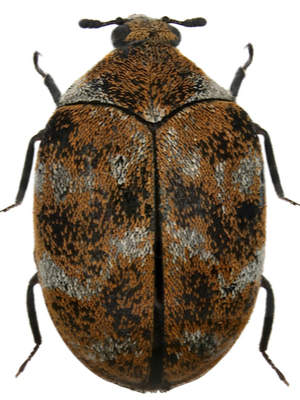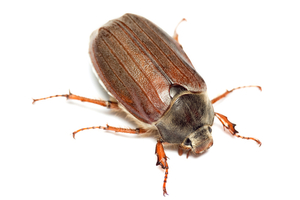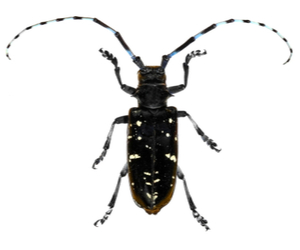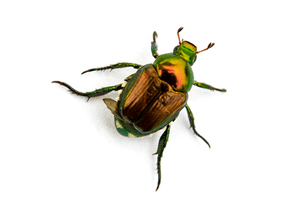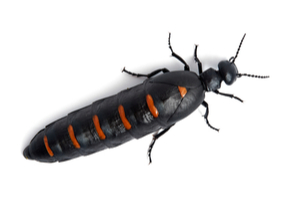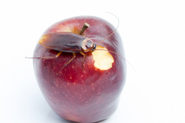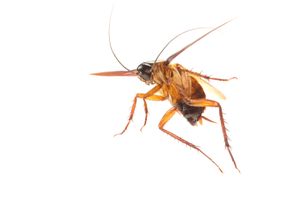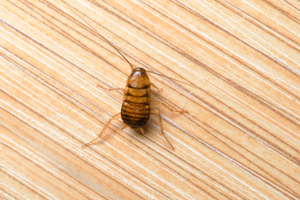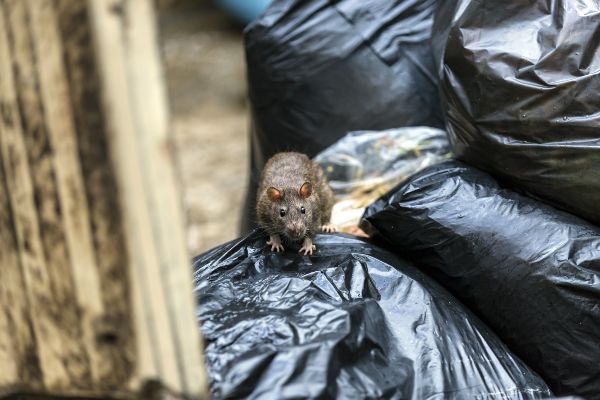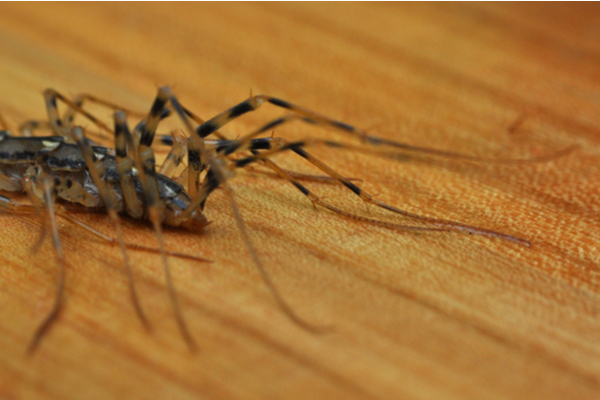While termites are most associated with warm, humid climates like Florida, Louisiana and Texas, the eastern subterranean termite is a serious wood-damaging pest in Michigan. These destructive insects are much more common than most people realize. To keep your home or business safe, learn to identify and prevent termites.
Protecting your home from termites in Michigan is no easy task. They are an aggressive, relentless pest that feeds around-the-clock. They often go undetected since enter through the soil beneath your home. A colony of 60,000 termites can eat the equivalent of 2 ft. length of a 2” x 4” piece of lumber in a year’s time if left to their own destructive ways!
What to Do if You Have Termites
If you suspect that termites have targeted your home for their next dinner buffet, Griffin Pest Solutions and the EPA recommend you contact a pest management professional for a thorough inspection and review of treatment options.
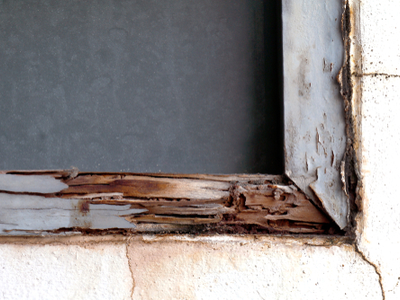
DIY termite prevention can end up backfiring and may lead to unwanted headaches, hassles and cost a significant amount of money to correct. If you discover termite wood damage or see termites, a pest control tech can eradicate the colony quickly and permanently.
If you don’t have termites, consider yourself fortunate and keep them the away with our prevention tips.
How to Prevent Termites
Prevention is the best method of pest control. To keep termites from ever becoming an issue, take precautions in these three areas.
Reduce soil to wood contact.
This is where termites enter your home or building. Block them from ever coming in with these tips:
- Maintain a 12-inch vertical barrier of smooth concrete, sand, or other non-cellulose material between the soil surface and substructure wood crawl spaces.
- Identify and correct stucco siding or untreated wood that comes into contact with the ground.
- Use synthetic wood and non-cellulose building materials for fences, decks or other structures.
- Paint or treat existing wooden structures with anti-termite products.
- Remove untreated fence posts, tree stumps and buried scrap wood near structures.
- Keep wood piles 8” off the ground and away from your home.
- Repair foundation cracks and seal openings on exterior walls and soffits to deny termites easy access.
- Keep landscape shrubs trimmed and not touching exterior walls.

Avoid moisture.
Termites thrive in warm, wet conditions. In most cases they will gravitate towards wood that is already soft or rotted. Maintain a cool, dry environment by following these steps:
- Keep basement and crawlspace areas well ventilated and dry.
- Don’t overwater your lawn or sprinkle stucco or wood siding.
- Keep your gutters and downspouts clear of wet leaves so moisture does not build up.
- Repair leaky pipes, faucets and air conditioners.
- Make sure water doesn’t pool inside or outside after rainstorms.
Regular termite inspection.
Knowing the signs of termites and watching for them regularly can reduce your chances of a serious infestation. Here’s how:
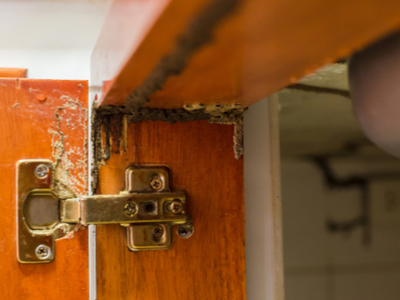
- Regularly inspect porches and exterior structural or foundation wood for signs of termites.
- Look for mud tubes along walls, floorboards and in basements.
- Examine used lumber carefully before bringing it home.
- Watch for peeling paint or walls that look water damaged.
- Apply a termite prevention treatment.
- Consult a pest control expert.
Your Michigan Termite Control Experts
If you have questions about termites call or contact Griffin today. We are your local experts at treating termites in Indiana, Ohio and Michigan. Don’t take chances with termite colonies in your home. We’ll put a stop to all infestations before they can do serious damage to your property.

